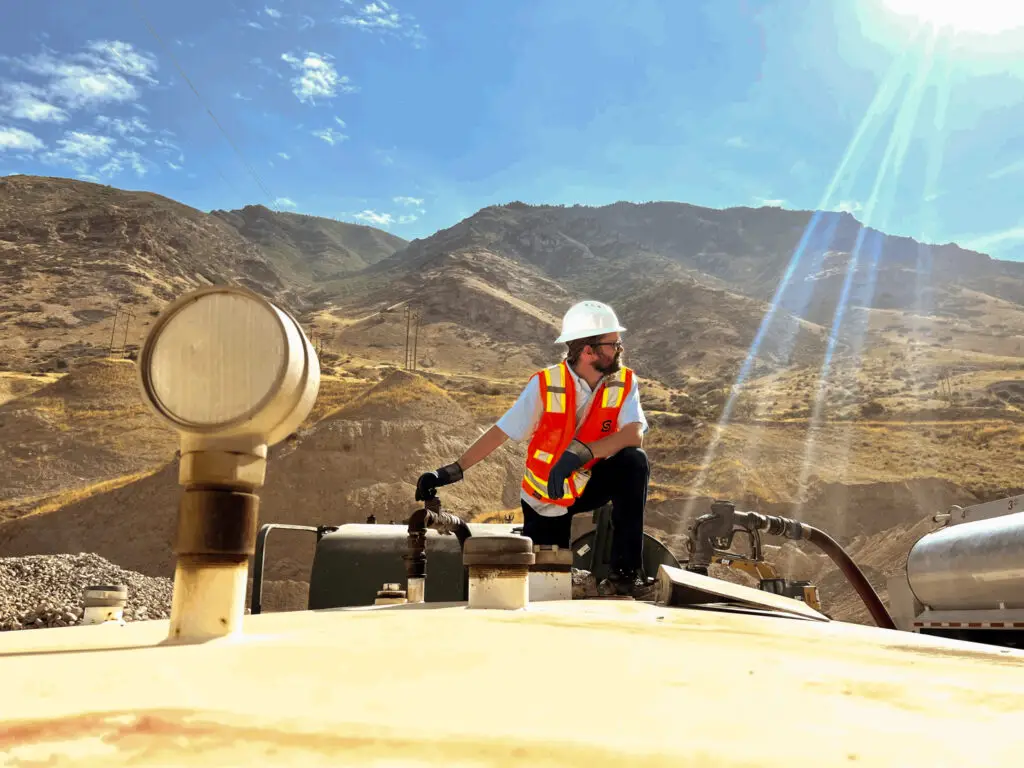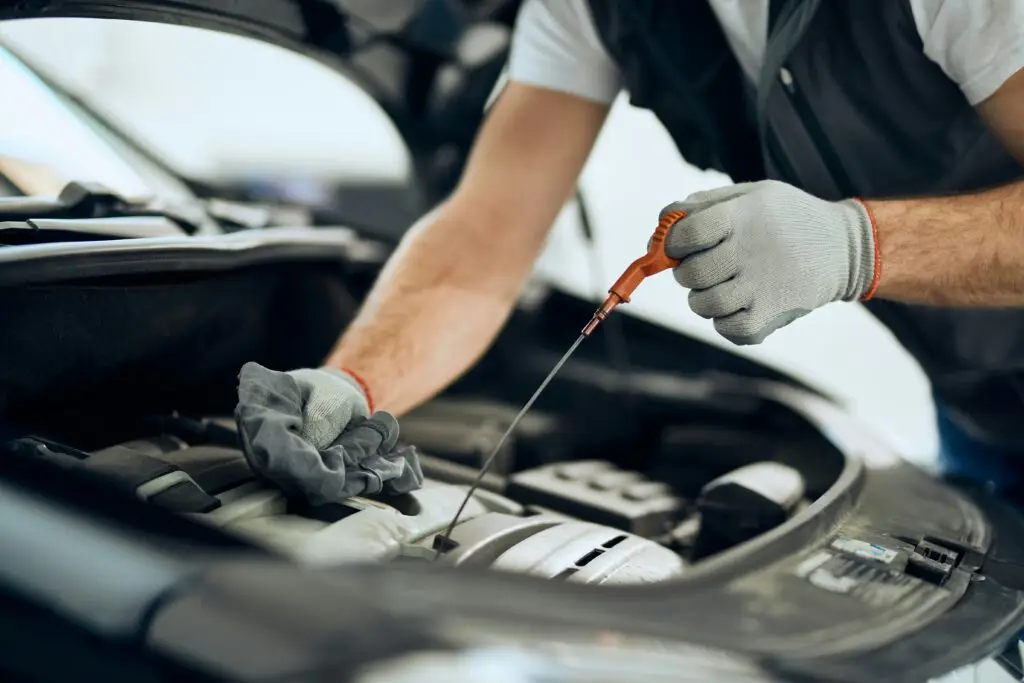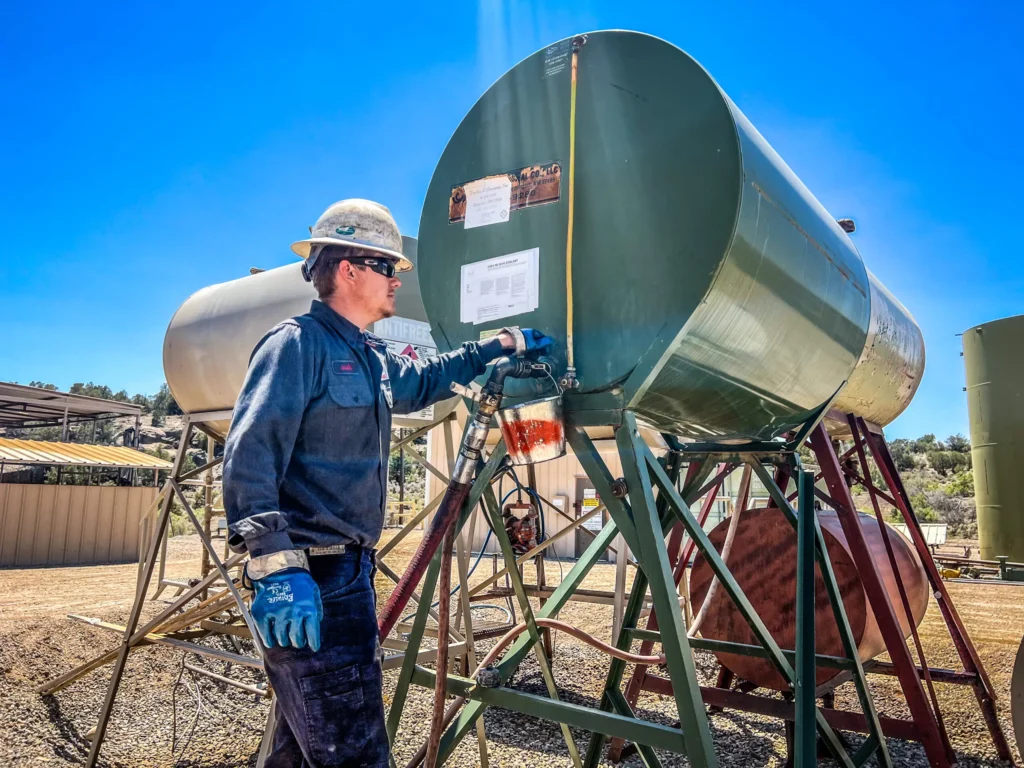When you’re managing a fleet or running heavy machinery in the demanding conditions of the Southwest and Rockies, keeping your equipment in top shape is essential. Whether it’s scorching heat or freezing temperatures, the performance of your engines can be dramatically affected by the right coolants and additives. These often-overlooked fluids can make the difference between a smooth operation and costly breakdowns. In this article, we’ll dive into why coolants and additives are so important, how to choose the right ones, and the best practices to keep your machines running smoothly.
Coolants are fluids designed to regulate the temperature of your engine or machinery. Their primary job is to prevent engines from overheating, which can cause parts to warp, seals to break, and fluids to leak—leading to costly repairs and downtime. Coolants achieve this by absorbing heat from the engine and transferring it through the radiator or cooling system to maintain a stable temperature.
You might have heard of antifreeze, which is a type of coolant, but there are different kinds designed for different temperature ranges. Some are formulated for extremely hot weather, while others are designed for cold climates. In areas like the Southwest and Rockies, where temperatures can swing drastically, it’s important to choose the right coolant for the conditions your equipment will be exposed to.
Additives are chemical compounds mixed with coolants to enhance their performance. While coolants do a great job at regulating temperature, additives improve the overall efficiency of the system. Some of the key functions of additives include:
With the right additives, your coolant will perform at its best, ensuring your engine runs smoothly even under the toughest conditions.
In regions like the Southwest and Rockies, temperatures can soar during the summer, placing added stress on your machinery. Without the right coolant, your equipment is at risk of overheating, which can cause severe damage. Coolants help to absorb excess heat and regulate the engine temperature to prevent these issues.
Likewise, in the colder months, antifreeze-based coolants prevent the coolant from freezing in your engine, which can cause pipes to burst or engines to seize up. The right coolant ensures that no matter the season, your equipment will operate effectively without costly surprises.
The quality of your coolant directly impacts the lifespan of your equipment. Coolants with quality additives prevent the build-up of rust, scale, and debris, which can wear out your engine over time. By reducing friction and preventing corrosion, these fluids help to extend the life of vital engine components, from the radiator to the water pump.
Additionally, using the correct coolant can reduce wear on your engine and other parts, leading to fewer repairs and lower maintenance costs in the long run. When your engine runs cooler and cleaner, it operates more efficiently, saving you money on fuel and repairs.
Downtime is a serious issue for commercial operations, whether you’re running a fleet of vehicles or construction machinery. When an engine overheats or suffers damage due to improper coolant, it could take days—or even weeks—to fix the issue, which means lost productivity.
By maintaining the right coolant and additives, you can avoid these kinds of breakdowns. Preventing overheating and corrosion means your equipment stays up and running longer, so you can avoid the frustration and cost of repairs.


Different pieces of machinery and vehicles have different coolant needs. For example, construction machinery that operates at full capacity all day will need a more robust coolant solution than a vehicle that is used intermittently. Understanding the demands of your equipment is the first step in choosing the right coolant.
If you’re managing a fleet of vehicles, choose a coolant that matches the specifications of each vehicle’s engine. Always refer to the manufacturer’s recommendations for the right type of coolant for your specific machinery.
In the Southwest and Rockies, where temperatures can vary significantly, you need a coolant that is designed to handle extreme weather. Some coolants are formulated to perform well in high-heat environments, while others are designed to protect against freezing temperatures.
Look for coolants that are specifically made for your region’s climate. If you’re operating in a high-altitude area, where air pressure is lower, you may also need a coolant with a higher boiling point to avoid overheating.
While coolants perform the core function of regulating temperature, additives enhance their capabilities. Some coolants come pre-mixed with additives, while others require you to add them separately.
When choosing additives, be sure to match the type of additive with your equipment’s needs. Consult your service provider or equipment manual for the best recommendations.
Coolant and additive levels should be checked regularly, especially during periods of high use. Inspecting the coolant helps you catch issues early, such as coolant leaks or the need for a top-off. Pay attention to the coolant’s color, consistency, and level in the reservoir.
Coolants and additives lose their effectiveness over time. Even the best coolants break down, losing their ability to prevent overheating, corrosion, and scaling. Check the manufacturer’s guidelines for how often to replace the coolant and additives in your equipment, but as a general rule, aim to replace them at least once every two years or after a certain number of operating hours.
Flushing your engine’s cooling system is a necessary step to ensure proper fluid circulation. This process involves removing old coolant and cleaning out any debris or scale buildup. After flushing, always refill the system with fresh coolant and the appropriate additives.
Coolants and additives should be stored in a cool, dry place, away from direct sunlight. Storing them properly ensures they maintain their potency and effectiveness when needed. Always check the expiration date before use.

If your engine is overheating despite having coolant in the system, the coolant may be old or contaminated. You might also have a blockage in the system that prevents proper fluid circulation. A quick flush and refill may solve this problem.
If you notice rust or corrosion on parts of your engine, it could be a sign that the anti-corrosion additives in your coolant have worn off. Consider replacing your coolant with one that has stronger anti-corrosion properties.
If coolant levels drop unexpectedly, it could indicate a leak in the system. Leaks should be addressed immediately to prevent engine damage. Keep an eye on coolant levels during regular inspections and top off when necessary.
Coolants and additives play a vital role in keeping your equipment running smoothly, especially in the challenging conditions of the Southwest and Rockies. By choosing the right products, following best maintenance practices, and regularly inspecting your equipment, you can prevent overheating, corrosion, and scale buildup—saving you time, money, and unnecessary downtime.
If you’re ever unsure about what coolants and additives are best for your machinery, don’t hesitate to reach out to Senergy Petroleum. After all, your equipment’s longevity and performance depend on the care you give it.

